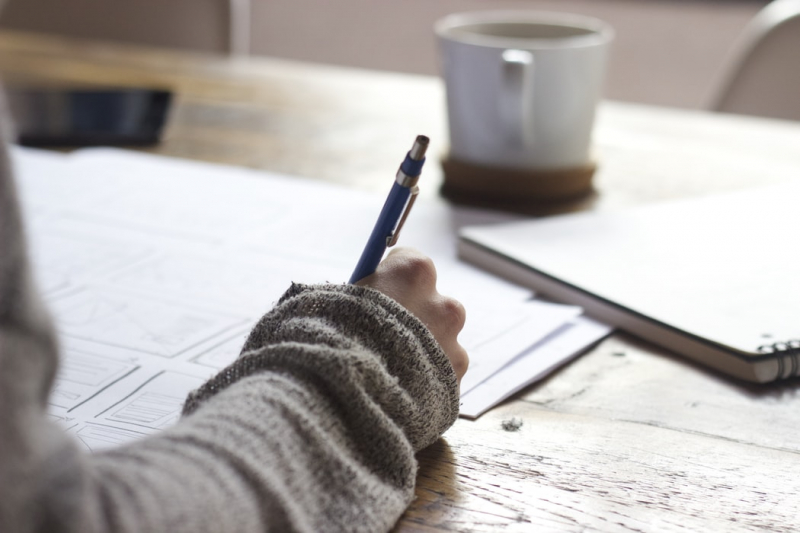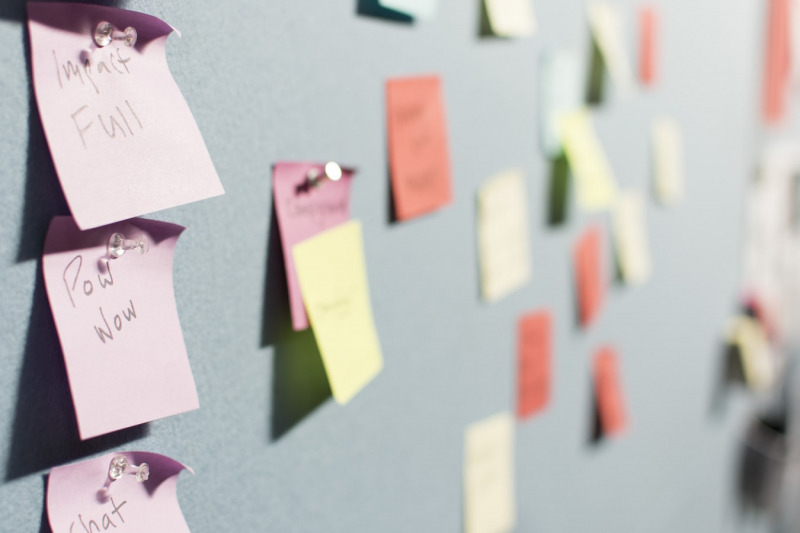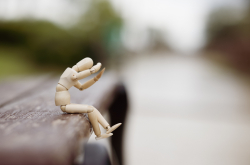What are mnemotechnics?
Dating back to times of Ancient Greece and Rome, mnemotechnics or the art of memory are being rediscovered today. They appeared at times when people couldn’t read or write but still had to memorize a wealth of information. Mnemotechnics refers to the application of mnemonic principles and techniques in order to organize memory impressions and facilitate their later recall. One of the renowned mnemonists with numerous books (the most famous being On the Shadow of Ideas) on mnemotechnics was Giordano Bruno.
It’s called the art of memory for a reason: mnemonics offers a wide variety of principles and techniques – for every taste and occasion, for different types of learners, and so on. So, without further ado let’s try to remember the digits of pi or the name of that person you’ve just met – all with the help of the most mind-blowing memorization techniques that will help you study more effectively, pass any test or exam and, above all, become a king or queen of information.
Handy methods
Letter Code
Does the phrase Richard of York Gave Battle in Vain make you think of something? Right, Richard Of York Gave Battle In Vain or Roy G. Biv is actually an example of mnemonic techniques; an acronym for the sequence of the rainbow’s hues: Red, Orange, Yellow, Green, Blue, Indigo, and Violet. The method’s point lies in the need to form a phrase from the first letters of the information or vice versa – but it needs to be catchy and memorable even if it makes no sense.
Application: Good for remembering the sequence of information – colors, letters, words, chemical elements, planets, etc.
Examples: Mercury’s Volcanoes Erupt Mulberry Jam Sandwiches Until Noon (Mercury, Venus, Earth, Mars, Jupiter, Saturn, Uranus, and Neptune) or Иван Родил Девчонку, Велел Тащить Пелёнку (for remembering Russian grammatical cases: И – именительный падеж (nominative), Р – родительный (genitive), etc.).
Associations
To make your information stick like glue, you can also turn to associations. It’s easier to recall items that are somehow connected/associated with something that is firm in our memory. These can be some historical events and dates, famous figures, words and numbers, for example, in other languages, vivid images, familiar sounds, and smells, etc.

Credit: Green Chameleon (@craftedbygc) on Unsplash
Application: Good for remembering names, numbers, abstract things, words in a new language, and so on.
Example: In the treble clef, the names of the four spaces, bottom to top, are F, A, C, and E. If you’ve never studied music, these will be random abstract letters to you. But what pops up in your head right now? F-A-C-E – that’s the one.
Rhymes or consonance
Think of some catchy song – why does it take no effort to recite it? Because of the rhymes, of course. So, when it comes to remembering things, consider using the power of sounds and match up different words to help you remember things. Or you may even write a little song.

Application: Requires a good ear or vivid imagination, but it’s perfect for dealing with seemingly boring facts and figures, learning new languages (alphabet, numbers, and so on), etc.
Example: Thirty days hath September, / April, June and November; / All the rest have thirty-one, / Save February with twenty-eight days clear / And twenty-nine in each leap year.
Visualization
This mnemonic technique involves linking information with an illustration or a vivid image. You can easily memorize items when they have visual forms and for a more effective result, you can exaggerate the size of the object, imagine it in action, etc.

Credit: Patrick Perkins (@patrickperkins on Unsplash
Application: it’s best for visual learners and requires a vivid imagination, you can use it to remember numbers, faces, and names, various types of information, etc.
Example: when you have to remember numbers, replace them with various objects (0 - a steering wheel, 1 - a pencil, 2 - a snake, etc.).
The method of loci
Ever wanted to be like Sherlock Holmes? Then try the method of loci, which is based on the assumption that you can best remember places that you are familiar with. Just imagine your room or any other place and mentally place objects or pieces of information in certain locations. In order to recall each item, picture yourself walking back through that room (or along that path) and then picking up or passing by each item that you placed there, thus making you remember associated information.
Make your friends’ jaws drop with the long-forgotten memories or mind-blowing scientific facts with our stories on memory, eye movement, and brain, as well as the takeaways from Polina Krivykh’s recent lecture on the seven sins of our memory.




